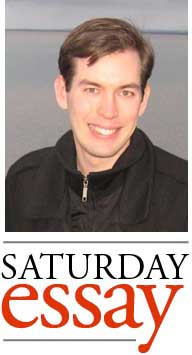A Duluth Area Cross-Country Skiing Decision Tree
 What follows is an incredibly scientific and very carefully curated guide to Duluth area cross-country ski trails.
What follows is an incredibly scientific and very carefully curated guide to Duluth area cross-country ski trails.
1. Do you want something unavoidably intense?
If yes, proceed to #2
If no, proceed to #5
2. Do you have a lot of time?
If yes, proceed to #3
If no, proceed to #4
3. Do you prefer constant climbing followed by constant descent, or insidious but varying slopes?
Up then down: Korkki
Beat me up: Mangey-Snively
Korkki
The Korkki trail, located off Homestead Road between Duluth and Two Harbors, is a single loop out and back with cutoffs at various kilometer points. Like Lester Park, it features a steady rise on the outward ski and a steady coast downward on the inbound trail, only it is more intense in this trajectory, and reaches its climax at the far end of the loop, where there are a bunch of aggressive hills. (map)









